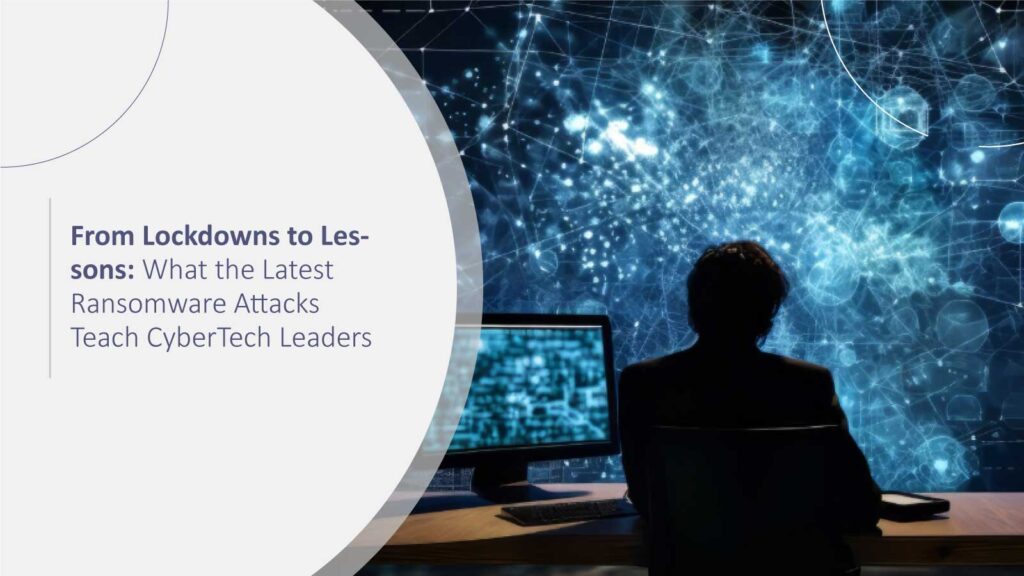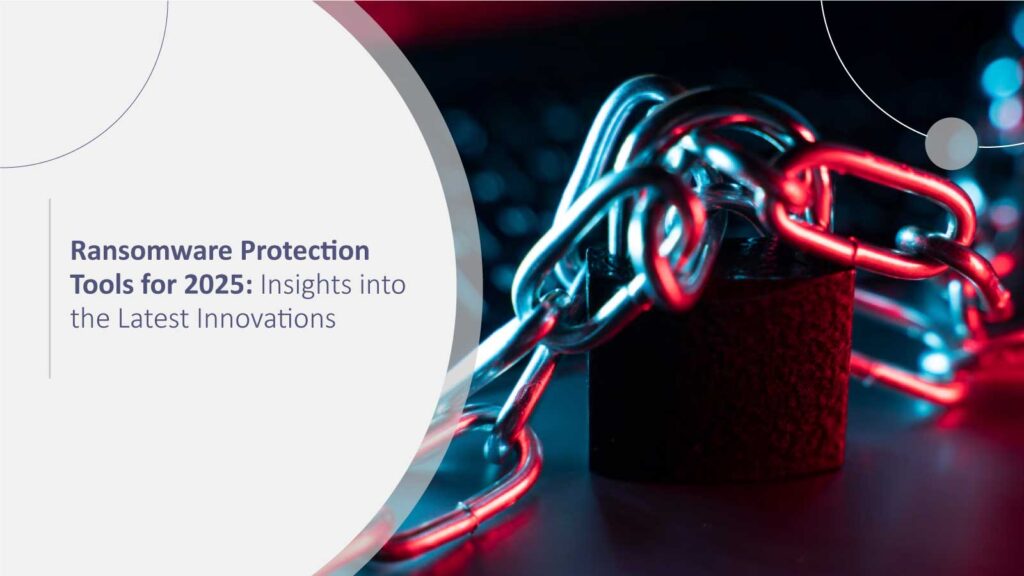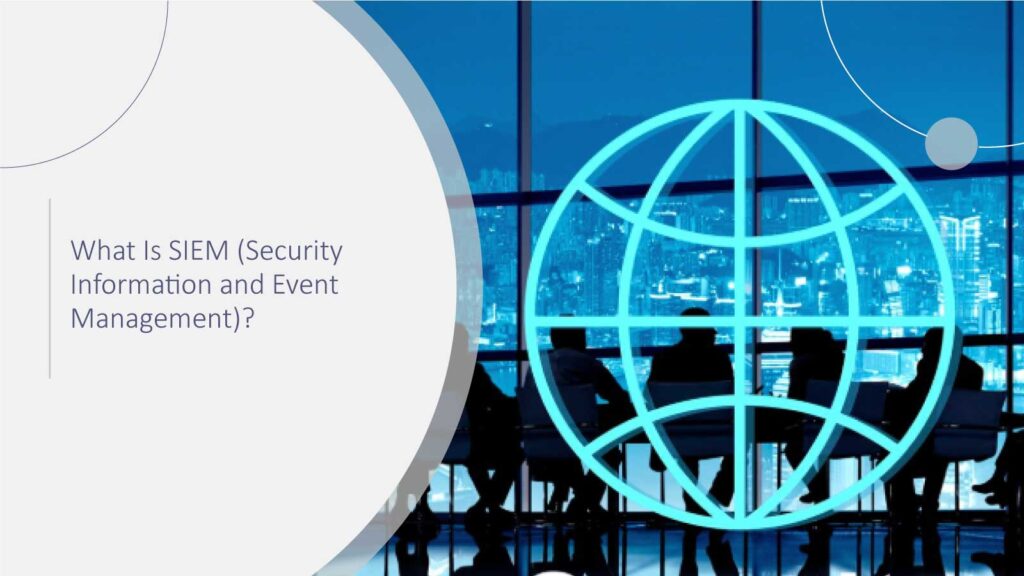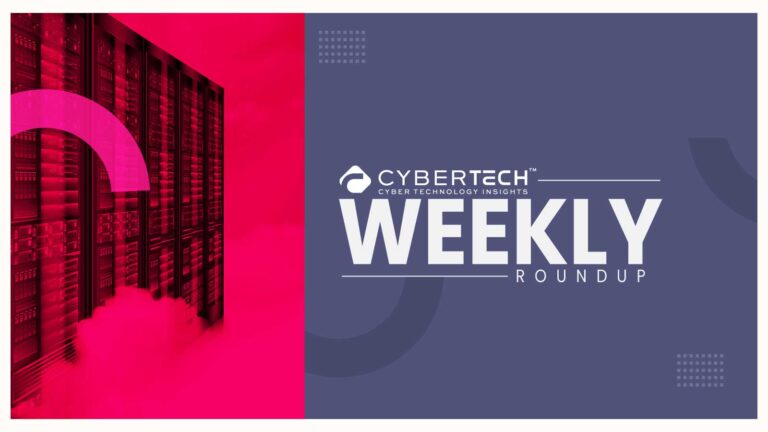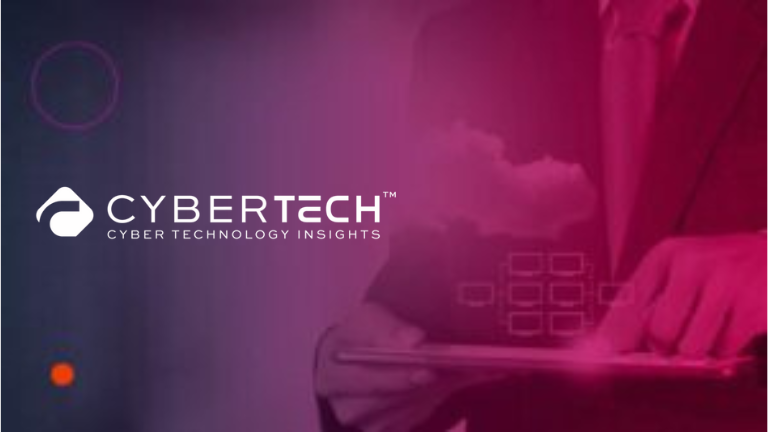When the world stopped, cybercriminals didn’t. Cybercriminals never hit pause when the world paused. When companies were concerned with making secure remote access and stabilizing operations, ransomware groups were already in scaling mode. By 2024, there will be over 600 million ransomware attempts, according to the Cyber Threat Report 2025. It is very It, this threat is structural, not temporary.,
Ransomware today is not merely a locking mechanism anymore; it is more of a disruption mechanism. On May 7, 2021, the Colonial Pipeline was attacked. While the ransom was $4.4 million (the ransom amount declined as the hacker received more notoriety), the damage done was empty gas stations ns, and national panic. Hackers know the mechanism of leverage is to cause disruption, as it has been around for thousands of years.
This creates a new paradigm for CyberTech executive leaders. Ransomware is no longer an IT nuisance; it is a concern discussed at the board level because ransomware impacts supply chains, customer trust, and geopolitical stability. However, the silver lining is that ransomware, at the same time, provides a grouping of lessons learned.
Think of ransomware as a lock and a mirror. What do I mean? A mirror reflects the weaknesses of an organization. For example, outdated processes, outdated systems, human capital working too hard, and a plethora of other things. Furthermore, with each breach, you as a leader have an opportunity to learn, implement, and strengthen your environment.
The action of ransomware has been to provide seven actionable lessons for CyberTech leaders to consider as practical lessons, as well as to stimulate thought, to build not just the defenses of an organization, but the resiliency.
Lesson 1 – Ransomware Is Not Just About Money, It’s About Momentum
Most individuals, when they hear the term “ransomware,” think instantly about criminals who can get into their files, lock them out, and then ask for cash. Pretty easy concept, right? They pay the ransom, they receive the decryption key, and they move on. Ransom is what gets in the news, but a bigger part of the ransom equation is momentum.
Take Colonial Pipeline’s attack in 2021. Sure, the conversation was about the $4.4M ransom that was paid, but the bigger conversation taking place was about the momentum that was created surrounding the disruption that the company faced concerning panic buying, lack of fuel supply, and the larger political conversation that streamed out of that discussion that easily went well beyond the company. The criminals knew that momentum was more costly than the ransom and encryption; they knew that they weren’t just disrupting the company’s ability to conduct business; they were disrupting the flow of goods, services, and trust.
Fast forward to today, and ransomware groups go after supply chains, logistics networks, and healthcare systems, because it has a much higher impact. A hospital cannot afford to wait weeks for recovery. A shipping line cannot afford to delay deliveries for long. Criminals understand that urgency provides leverage.
For CyberTech leaders, the takeaway is simple: protecting data is not enough. Leaders need to design for continuity redundant systems, segmented networks, or disaster recovery plans that have been tested. The point is not just to protect information, but to maintain business continuity when attackers attempt to enforce a freeze.
Because in the ransomware economy, the actual currency is not files, it’s momentum.
Lesson 2 – People Are Still the Weakest Link (and the Smartest Fix)
Even after spending billions on security tools, attackers continue to penetrate through the same door: people. The FBI’s 2024 Internet Crime Report shows that 90% of successful ransomware intrusions originated with phishing emails (FBI IC3). Why? Because it’s much easier to trick a human than it is to bypass a firewall.
Imagine a tired employee, late on a Friday after a long week, suddenly receives an urgent email. It could be a payroll update or a vendor invoice. One click later, and the door is wide open for ransomware to spread. Technology didn’t fail they did.
But on the flip side, people can also be the strongest line of defense. Research from Proofpoint indicates that organizations that run phishing simulations and employee awareness programs reduce ransomware risks by up to 70%. The difference is not simply from tools it’s culture.
The reminder for CyberTech leaders is straightforward – train staff like they are part of the security stack. Security awareness should never be mindless compliance training – it should be engaging, relevant, and it should be continuous. And importantly, leaders must provide teams the permission to identify suspicious activity and feel confident that they can report their findings safely, while stressing the implications of real-life scenarios.
While firewalls, MFA, and AI-enabled monitoring are strong components, nothing is infallible. The most flexible, adaptable, and resilient firewall will always be a knowledgeable human.
Lesson 3 – Backups Are Only as Good as Your Restore Plan
Backups are commonly marketed as the magic bullet for ransomware. “Don’t pay the ransom – just restore from backup.” Sounds simple, but in practice, it is rarely that simple.
Many organizations proudly claim, “We have backups”. However, when an attack occurs, the reality is different. They have backups. But restoring systems can take days and even weeks. In that time, operations are halted, customers leave, and sales dry up.
A real example: In 2023, a large US health organization was attacked with ransomware, and they had backups. But restoring patient data from several systems was estimated to take approximately a month. For a hospital, this isn’t just downtime; it is a disruption to patient care. At the end of the day, leadership decided to pay the ransom simply because it was quicker.
Ransomware groups know it, which is why many modern strains frequently go straight for the backup system and can delete archives, corrupt snapshots, or encrypt cloud storage.
The lesson for leaders is that backups are not resilience. The restore strategy is an important part. How quickly do you bring the systems back online? Are your backups segmented and immutable? Have you done restore drills, and did they reflect realistic conditions?
In short: do not just ask, “Do we have backups?” Ask, “Can we recover fast enough to remain operational?”
Ransomware groups know it, which is why many modern strains frequently go straight for the backup system and can delete archives, corrupt snapshots, or encrypt cloud storage.
The lesson for leaders is that backups are not resilience. The restore strategy is an important part. How quickly do you bring the systems back online? Are your backups segmented and immutable? Have you done restore drills, a nd did they reflect realistic conditions?
In short: do not just ask, “Do we have backups?” Ask, “Can we recover fast enough to remain operational?”
Lesson 4 – Ransomware Loves Complexity, So Simplify
The more complex an IT environment, the more cracks ransomware has to discover. Think about sprawling networks structured by dozens of vendors, riddled with redundant tools, and rife with shadow IT. With every layer, there’s another possible chink in the armor. Ransomware actors are extremely skilled at discovering the one misconfigured port or forgotten server that has been nagging on.
The most recent McKinsey report indicates that enterprises with streamlined, consolidated security architectures experience, on average, 40% fewer successful ransomware incidents than those with fragmented security architectures. This is simple; complexity creates blind spots, and blind spots are clearly where attack actors want to focus their efforts.
It’s a bit like securing your home. You can have a house with twelve locks on twelve doors, but forget to close a window, the system still has a gap. Cybersecurity is not about mounting one more tool on one more tool; it’s about visibility and connectivity in all layers.
For the leaders of CyberTech, this means invest in interoperability instead of obsolescence, waste a few tools, consolidate monitoring scraps, and execute a cohesive security posture with every tool communicating and engaging together. Without gaps, there exist silos professed by ransomware. In other words, yesterday’s nightmarish complexity architecture is merely a terrific resilience architecture today. The cleaner your architecture is, the better you will be able to hunt, respond, and recover when the bad guys come knocking.
Recommended: Profit Meets Propaganda: The Rise of Politically Charged Ransomware
Lesson 5 – Paying Ransom is No Longer a Judgment
For many years, the advice was always very straightforward. Don’t ever pay the ransom. It sounded good don’t negotiate with criminals, don’t fund their business model. But of course, something isn’t always black and white.
Consider Baltimore, the City in 2019. Hackers wanted $76,000 in bitcoin. Officials said, “Pass.” The total cost of recovery? More than $18 million in cumulative revenue losses and recovery costs. And on the contrary, some companies pay and never tell anyone because their calculations show that downtime is far more valuable than paying the ransom.
Now we arrive at the part where the situation has become even more complicated. The regulators are circling. The US Treasury’s OFAC office has warned that payments to sanctioned entities could open up legal consequences. Even insurers could agree to pay some ransom payments to help avoid paying their inquiries and might even ask for proof of maintaining strong security controls before agreeing to make the ransom payment.
For CyberTech executives, this presents a challenging equation:
- Operational cost of downtime vs. financial cost of ransom
- Legal considerations vs. business continuity
- Short-term recovery vs. long-term trust
Key takeaway: paying ransom is no longer a simple yes-or-no question. It is now an exercise in scenario planning, legal advice, and board-level discussion far in advance of being attacked.
The smartest executives will prepare for either road ahead, knowing when it is feasible to say no and when the principal cost of not paying ransom may be more than the ransom itself.
Lesson 6 – Cyber insurance is a crutch, not a backup plan
Cyber insurance is often regarded as the last safeguard of protection, a type of glove that covers your hand but leaves the fingers exposed. It covers falling costs from ransom, recovery, and sometimes even reputation. The reality is, in the end, insurance may help cushion a fall, but it does not protect from the fall.
And costs are skyrocketing. A study showed that cyber insurance premiums increased 74% between 2021 and 2024, along with tightened underwriting requirements. No multi-factor authentication? You won’t qualify for coverage. No tested incident response? Expect a higher rate or outright rejection.
Some organizations believe that insurance is the same thing as immunity. But a payout can never give back trust lost, reduce customer churn post breach, or take away those headlines about a breach. There is a real cost to being breached. At best, the insurance will buy time for organizations to recover economically, while leaders work to regain trust and get their systems running again.
Here’s a lesson for leaders: think of cyber insurance as a seat belt. It can help reduce the impact of a crash, but it won’t save you from driving too fast, crashing, or hitting a wall. You still need brakes, airbags, and to pay attention.
CyberTech leaders should think of insurance as just another layer in a broader resilience strategy where it is additive to proactive prevention and mitigation strategies to avoid incidents, staff training programs to ensure that staff are cognizant of risk, and utilizing strong backup systems. The best strategy isn’t whether to insure or secure, but to do both and do them together.
Conclusion – It’s All About Trust
In the end, ransomware is not about files, downtime, or ransom payments. It is about trust – the invisible currency that sustains businesses. Customers, partners, and regulators are not simply asking, “Were you attacked?”,; they are asking, “Are we still able to trust you?”
A Deloitte survey noted that 68% of customers lost trust in a brand after a cyber incident – even when their data was not compromised. That is why people need to be transparent, be proactive by communicating with stakeholders, and be visible with recovery efforts. Technology can fix systems, but only honesty and resilience will restore trust when things go wrong.
What do we take away in conclusion? Ransomware is a mainstay, but every attack is an opportunity to send an important message. The leaders who can re-think their experience in terms of foresight rather than simply fear and loss will build organizations that are resilient and thrive in disruption.
FAQs
1. What types of businesses are targets of ransomware?
Ransomware attacks most frequently target healthcare, educational, government, and some form of manufacturing businesses. These business types provide targets because the cost associated with downtime pressures the business to make quick decisions to pay.
2. Is paying ransom always illegal?
No. However, if the organization pays a group designated by the U.S. Treasury, the organization could end up violating federal law, so we always recommend that an organization refer to legal counsel before identifying circumstances.
3. Can small businesses protect themselves without spending a lot of money?
Yes. Small businesses can take measures to protect themselves quite simply, from employee training to multi-factor authentication, to patching systems, to backups. You can protect yourself extremely well from ransomware; this is a strategy a small business can deploy without an enterprise’s budget.
4. What is the impact of AI on ransomware?
AI adds velocity to phishing attacks, speeding to identify vulnerabilities and credibility to lures; however, defenders have used AI to identify anomalous behavior and automate responses.
5. What is the best defense against ransomware?
A layered solution offers the best protection: awareness with people, an effective backup strategy, zero-trust deployment, and good incident recovery planning.
For deeper insights on agentic AI governance, identity controls, and real‑world breach data, visit Cyber Tech Insights.
To participate in upcoming interviews, please reach out to our CyberTech Media Room at sudipto@intentamplify.com.

